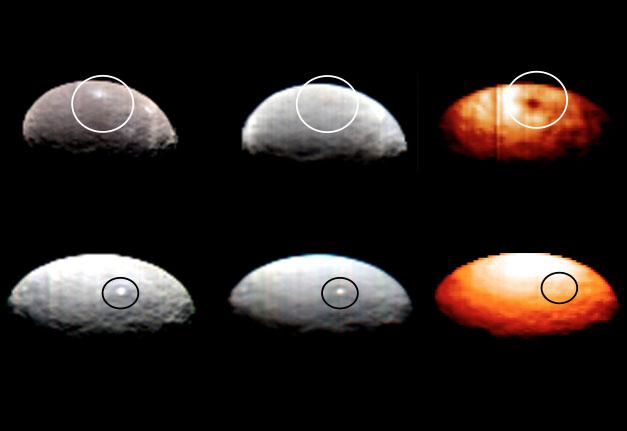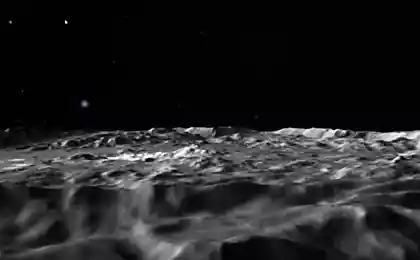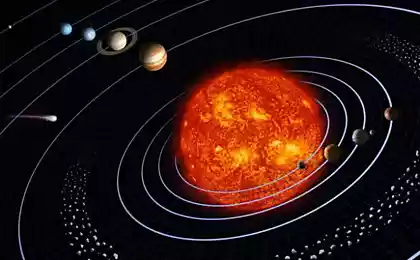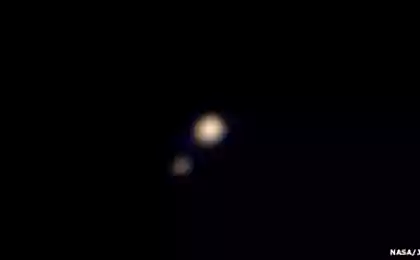860
Dawn probe sent color images of the dwarf planet Ceres

Spacecraft Dawn few weeks ago successfully reached the ultimate goal of his journey - the planetoid Ceres. The probe has already sent a number of photos of the dwarf planet on which were found "white spots" - the point on the planetoid with a very high albedo. Now nature spots have not yet fully clarified.
Now the probe прислал new photos , made before the device goes into orbit of Ceres. These photos were taken in the visible and infrared regions of the spectrum, and processed by the agency specialists. According to scientists, the new images planetoid clarify the structure of the terrain of the planet, but also show that past Ceres was very active. The surface of the planetoid - not solid rock, as a result of active processes that took place before, different regions of Ceres covered with different types of materials.

The images of Ceres, taken in visible and infrared i>
It is worth noting that some white spots visible in the infrared range, while others are not visible. The reason for this is unclear. The most common theory explaining the nature of these formations is the assumption that the output of ice on the surface of Ceres. Perhaps the ice was laid bare after the attacks of celestial bodies on the surface of the planetoid. Some experts believe that the white spots may be ice emissions that occur due to heating of the surface of Ceres sun.
Apart from the two bright spots seen previously, were found and additional light regions - the total number of such places, famous scientists, has now reached 10. The experts believe that water ice is about 25% by weight of Ceres. By studying Ceres, as well as its comparison with the structure and composition of Vesta, the project team hopes to clarify the processes of formation of the solar system.
Ceres surface covered with craters. But large craters smaller than predicted experts. As for the white spots, more information about the team will receive them on April 23 when the probe closer to Ceres at a distance of 13,500 km. The brightest spot, as far as can be judged, located in the crater with a diameter of 92 kilometers.
Dawn will continue to explore Ceres until June 2016.
Source: geektimes.ru/post/248992/
In the Philippines arrested Bulgarian carder, who shot the money from the card Bill Gates
The Chinese built one of the largest desalination plants























